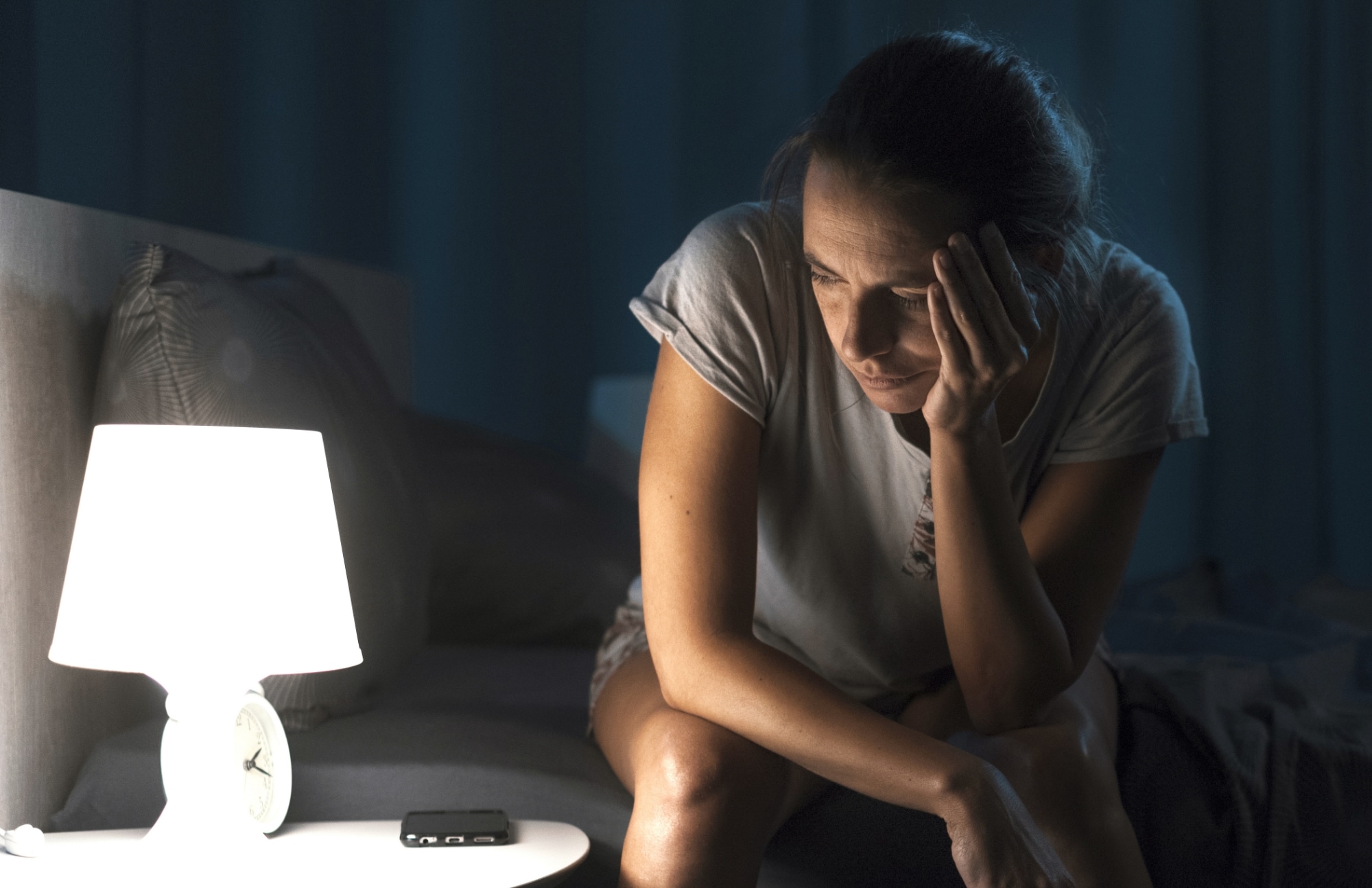We usually associate traumatic brain injuries (TBIs) with car crashes, but a growing number of children are suffering these serious injuries in a surprising setting: the playground. Each year, more than 200,000 children receive treatment in emergency rooms for playground-related injuries, and more than 20,000 of those children are subsequently diagnosed with a TBI. Overall, the number of emergency department visits for playground-related TBIs has increased significantly since 2005 according to the U.S. Centers for Disease Control and Prevention (CDC).
Of course, more diagnoses don’t necessarily mean more injuries; the increase could stem from growing awareness about the signs and symptoms of brain injuries. Still, until experts draw conclusions about the reasons for the rise in childhood TBIs, parents should be aware of the issue and remain vigilant at venues such as playgrounds.
What is a TBI?
Traumatic brain injuries—including concussions, which are a type of TBI—are caused by a bump or jolt to the head that makes the brain bounce around inside the skull. This trauma can cause damage to the brain and sometimes even create chemical changes inside brain cells.
TBIs are complex injuries that can cause a huge range of symptoms, and their effects—both in the short and long term—can prove devastating, especially if the victim doesn’t receive prompt medical treatment.
Signs and Symptoms of TBI
A child with a TBI will generally feel “off” and may complain of feeling vaguely unwell, fatigued, or anxious (in medical jargon, this general discomfort is referred to as “malaise”). Additional common symptoms include:
- Dizziness
- Headaches
- Nausea
- Memory loss
- Appearing dazed or confused
- Loss of consciousness
These are just a few of the most common symptoms of a child TBI; for a full list of symptoms, visit the Mayo Clinic’s guide to TBIs.
Every TBI is unique and will display its own set of symptoms. Some TBIs may result in dramatic symptoms while others might be almost imperceptible. Because the symptoms of a TBI vary widely and can be similar to many other common illnesses, these injuries can be very difficult to diagnose.
If you know your child has suffered an impact to the head or upper body, it’s best to take them in for a thorough evaluation from a physician right away, regardless of whether they seem to display any TBI symptoms. Undiagnosed TBIs can have serious and long-lasting repercussions.
Just as every TBI has unique symptoms, every TBI recovery process is unique as well. One child might recover in a matter of days or weeks while another child who suffers an extremely similar injury could suffer lingering symptoms for months or even the rest of their life.
Playground TBIs
A recent study found that children between the ages of 5 and 9 had the highest rates of playground injury, with girls being injured only slightly less often (45%) than boys (55%). The study also found that about 56% of playground-related injuries that result in emergency-room treatment are fractures or contusions/abrasions, and that 75% of injuries related to playground equipment occur on public playgrounds. Most injuries occurred at a place of recreation or school, the researchers said.
Although playground TBIs and injuries occur on a variety of equipment, they most frequently occur on monkey bars, climbing equipment, slides, and swings. In addition, playground equipment that isn’t well-maintained (for example, equipment that’s rusty, dirty, or broken) poses additional risks.
Childhood TBI Prevention and Safety
While the rise in childhood TBIs is a source of concern, parents can significantly reduce a child’s risk for a TBI by following a few simple safety tips at the playground or other places of outdoor recreation.
First, check to make sure there’s a soft surface such as sand or mulch under the equipment before allowing your child to play, and look around for protruding rocks, stumps, or other potential tripping hazards. The soft surface is important because it will absorb and disperse some of the shock in case your child does fall.
Modern play equipment is designed with safety in mind, but that doesn’t eliminate the risk. To help reduce the risk of injury, make sure your child uses playground equipment that is appropriate for their age, make sure that the equipment they’re using has guardrails to help protect against falls, and make sure your child uses the equipment the way it was designed to be used.
If you’d like even more in-depth information about preventing playground TBIs, the CDC offers a printable flyer with playground safety tips. The Consumer Protection Safety Commission (CPSC) also offers safety guides that provide tips for various types of playgrounds.
If there’s one single tip, though, that can prevent more child TBIs than any other, it’s this one: remain aware of your child and what they’re doing at all times. If you’re feeling fatigued from paying close attention to your child at the playground, consider working with other parents to trade shifts supervising children at play so everyone stays fresh and attentive. Even though it can be exhausting to watch a child nonstop, the consequences of a TBI are serious. It’s never worth it to leave a child completely unsupervised.
Unfortunately, not every TBI is preventable. Sometimes children suffer these injuries due to poor equipment maintenance or other hazards that parents can’t detect. When a TBI occurs due to someone else’s negligence, it’s important to contact an experienced brain injury lawyer right away.
Crosley Law Firm: Leaders in Brain Injury Litigation
At Crosley Law Firm, we know from experience that even the most vigilant parents can’t prevent every accident and injury. If you or your child suffers a TBI or other serious injury at the store, in the car, or at an entertainment venue such as a trampoline park, bounce house, or playground your family may be entitled to compensation for monetary losses as well as pain and suffering.
Our firm offers free consultations with a qualified and experienced attorney so that we can listen to the details of your story and help you decide on your best course of action. We also handle personal injury cases on a contingent-fee basis, which means that you won’t pay attorney’s fees unless we achieve a financial recovery in your case. Call our offices today at 210-LAW-3000 or fill out a brief contact form on our website to speak with an attorney about your case today.
References
Cheng, T.A., Bell J.M., Haileyesus, T., Gilchrist, J., Sugerman, D.E., & Coronado, V.G. (2016, May 2). Nonfatal playground-related traumatic brain injuries among children, 2001-2013. Pediatrics. Retrieved from http://pediatrics.aappublications.org/content/early/2016/04/28/peds.2015-2721..info
Playground safety. (2016, May 2). U.S. Centers for Disease Control and Prevention. Retrieved from https://www.cdc.gov/headsup/parents/index.html
Playground safety tips for parents. (2016, May 2). U.S. Centers for Disease Control and Prevention. Retrieved from
https://www.cdc.gov/headsup/pdfs/parents/headsup_playground_safety_fs-a.pdf
Traumatic brain injury: Symptoms. (2014, May 15). Mayo Clinic. Retrieved from http://www.mayoclinic.org/diseases-conditions/traumatic-brain-injury/basics/symptoms/con-20029302









